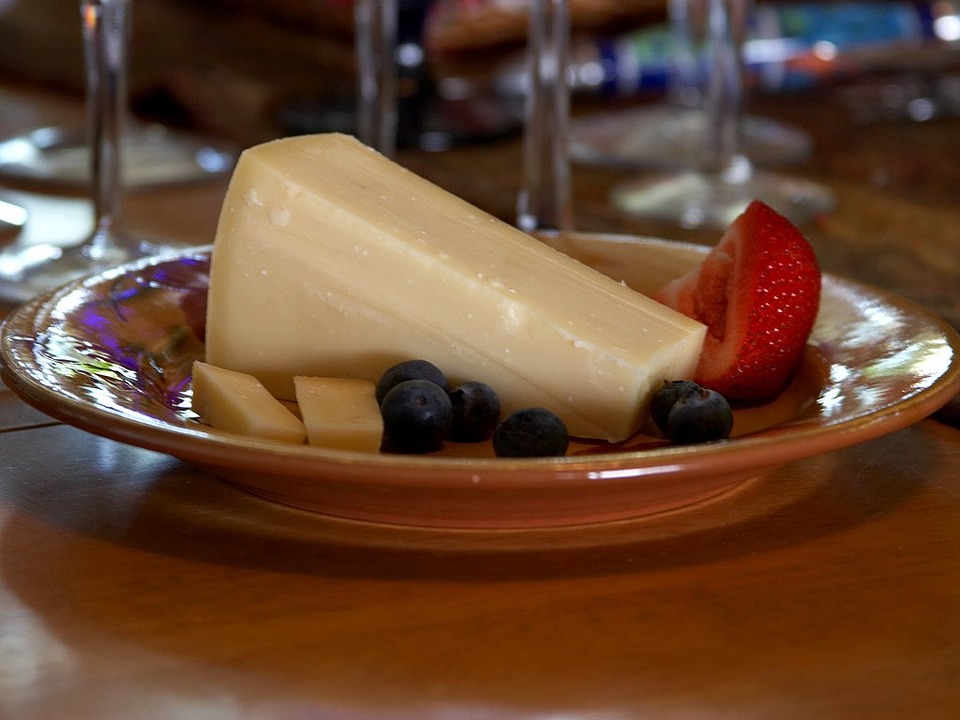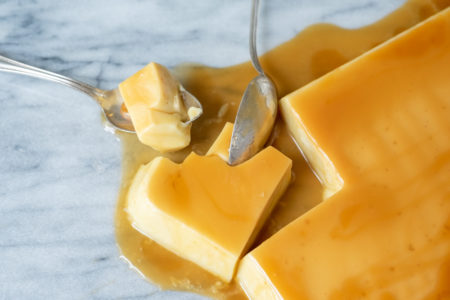Rich, nutty, and silky-smooth, gruyere and fontina are crowd favorite melting cheeses that are just as delicious as they are hard to tell apart.
Flavor
Both gruyere and fontina have a buttery, nutty taste with earthy undertones. The main difference between the two is that gruyere has a more pungent flavor compared to fontina; a distinction particularly evident in aged gruyere.
Texture
Gruyere, whether young or aged, is classified as a hard cheese while the firmness of fontina cheese depends on its maturity. Young fontina cheese is semi-soft and becomes a hard cheese when fully matured. When melted, both gruyere and fontina are luxuriously smooth and creamy with just the right amount of stretch.
Appearance
Gruyere and fontina also have similar appearances. Both can have a pale cream color with a dark rind and a smattering of interior holes.
However, there are a few factors you can keep in mind when differentiating between the two. First is the rind. Gruyere rinds range in color from gold to brown while fontina rinds are generally a more orangey brown or tan. Some varieties of fontina can also have a red wax rind.
The second point of distinction is in their interior holes or “eyes”. French gruyere, like fontina, should have a few eyes scattered throughout its interior. But Swiss Gruyere is generally solid throughout. Aged gruyere can also have noticeable inner cracks, a feature missing in fontina cheese.
Uses

Gruyere and fontina both melt wonderfully and, due to their similar flavor profiles, can often be used interchangeably. Cheese fondue, gratins, grilled cheese sandwiches, and mac and cheese in particular, are favorite applications for both cheeses.
Fontina is an Italian cheese that’s commonly paired with truffles or meat. Try combining fontina and truffles in pasta, pizza, or arancini. For meat pairings, consider using your fontina in chicken valdostano or for cheesy polenta with a side of beef stew.
Though Gruyere is a Swiss cheese, it’s also a popular choice in French cuisine. Toast melty gruyere over French onion soup or use it for perfectly grilled croque-monsieur. Solid gruyere also makes an excellent table cheese for grating onto salad, pasta, and soup.



